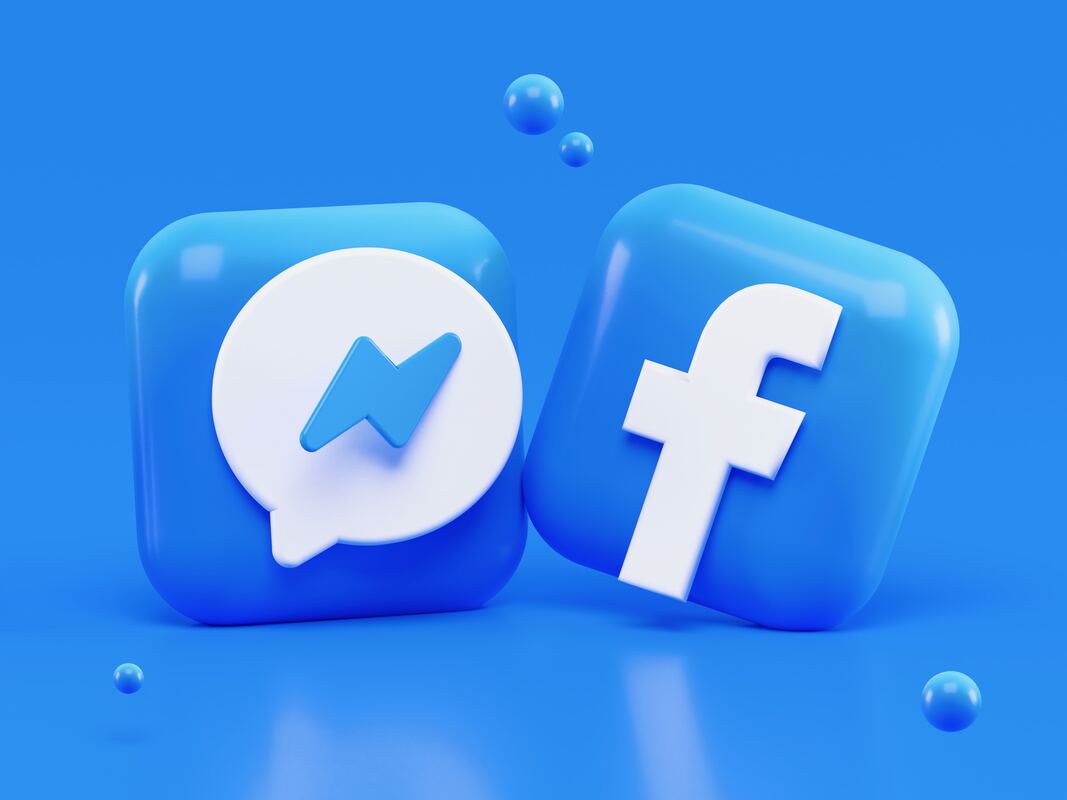Conversations about your industry, competitors, and market trends are happening constantly across social media platforms, forums, and online communities.
Social listening – the strategic monitoring and analysis of these digital discussions – has become an indispensable tool for competitive intelligence professionals seeking to gain a decisive edge in their market analysis.
- What is social listening?
- Why is social listening important in competitive intelligence?
- What is social monitoring? Are they the same thing?
- Real life social listening case studies
What is social listening?
Social listening is like eavesdropping on the internet – but in a helpful, ethical way!
It's the process of monitoring social media platforms, forums, blogs, and other online spaces to see what people are saying about a particular topic, brand, or industry.
Instead of just paying attention to direct mentions or comments, social listening goes deeper by analyzing trends, keywords, and the general mood around conversations.
Imagine you run a coffee shop and want to know what people are saying about coffee trends, your competitors, or even your own brand. Social listening tools can help you track online chatter about “best coffee shops,” customer complaints, or even new trends like a “cold brew boom.”
From that, you can pick up on patterns, learn what’s working (or not working) for others, and get a sense of how people feel about your industry or business.
It's not just about gathering information – it’s about understanding what people are thinking and how they feel, so you can respond to trends, fix issues, or capitalize on opportunities.

Why is social listening important in competitive intelligence?
Real-time competitive insights
Social listening tools allow businesses to monitor competitor activities across social platforms. This real-time information can reveal competitors' new product launches, marketing campaigns, and customer engagement strategies, helping you stay ahead of the competition.
Customer sentiment analysis
Understanding how customers feel about competitors' products and services can help a company improve its own offerings. Social listening gives insights into what customers like or dislike about competitors, enabling strategic adjustments.
Trendspotting
By tracking industry conversations and keywords, social listening helps identify emerging trends. You can use these trends to guide future decisions and stay aligned with the market landscape.
Crisis management and risk mitigation
Early detection of negative discussions around a competitor could indicate potential crises or issues. You can alert your team members to these risks, giving you time to capitalize on competitor vulnerabilities or avoid similar pitfalls.
Product and service benchmarking
Social listening provides a way to benchmark your product performance against competitors by analyzing reviews, mentions, and feedback. This helps refine a company’s competitive strategy based on real consumer voices.
Strategic content creation
Competitive intelligence often involves creating content that positions a company against its competitors. Social listening helps understand what type of content resonates most with the target audience and can inspire new content ideas that speak to consumer concerns or desires.
What is social monitoring? Are they the same thing?
Social listening and social monitoring are related, but they aren’t the same thing.
Social monitoring is about tracking and responding to direct mentions and messages related to your brand, products, or keywords. It’s more about reacting in the moment – think of it like customer service.
For example, if someone tweets at a company asking for support, social monitoring would catch that tweet, and the company would reply to help the customer.
Social listening goes a step further. It not only tracks mentions but also analyzes broader conversations and trends around your brand, industry, or competitors.
Social listening focuses on understanding the why behind these conversations. It’s about gaining insights into customer sentiment, identifying trends, and using this data to shape future strategy.
So, if social monitoring is like reading each comment or mention, social listening is more like getting the big picture – seeing how people feel overall, spotting patterns, and making more strategic decisions from that information.
In short, social monitoring is reactive, while social listening is more proactive and strategic.
Real-life social listening case studies
Below, I have added some real-life examples of social listening and how listening to conversations that your customers are having can significantly impact your business.
Not only can you please your customers, but you can also have a sharper edge against your competitors because you gain invaluable real-time insights into:
- Customer pain points and unmet needs before they become major issues
- Emerging market trends and shifting consumer preferences
- Competitive weaknesses and opportunities
- Potential product improvements or new feature ideas
- Brand sentiment and reputation management needs
This proactive approach to understanding your market through social listening gives you the ability to stay ahead of the curve and make strategic moves before your competition even realizes there's an opportunity or challenge to address.
Netflix
Netflix has an entire Consumer Insights team that conducts research in many different areas of consumer behavior, including social listening.
An example of their social listening having an important outcome is their “Downloads For You” feature. This was implemented after the company noticed numerous social media conversations about users wanting to watch content offline or in areas with poor internet connectivity. Now, people can download their tv show or movie to watch on the go.
Sonic the Hedgehog Movie
After the first trailer release, fans on Twitter strongly criticized Sonic's design. Paramount Pictures listened to the backlash, delayed the movie, and completely redesigned the character to match fan expectations.
The movie's director Jeff Fowler directly responded on Twitter to the social media feedback, stating "Thank you for the support. And the criticism. The message is loud and clear... you aren't happy with the design & you want changes. It's going to happen."
Thank you for the support. And the criticism. The message is loud and clear... you aren't happy with the design & you want changes. It's going to happen. Everyone at Paramount & Sega are fully committed to making this character the BEST he can be... #sonicmovie #gottafixfast 🔧✌️
— Jeff Fowler (@fowltown) May 2, 2019
You can watch the change in design by comparing both trailers below.
XBox One
Microsoft initially announced restrictive DRM policies and an "always online" requirement for their new console. After significant negative feedback on social media platforms, they reversed these decisions before launch.
Don Mattrick, President of Microsoft's Interactive Entertainment Business, announced,
"Since unveiling our plans for Xbox One, my team and I have heard directly from many of you, read your comments, and listened to your feedback. So, today I am announcing the following changes to Xbox One and how you can play, share, lend, and resell your games exactly as you do today on Xbox 360."





.png?v=4917c1c27c)